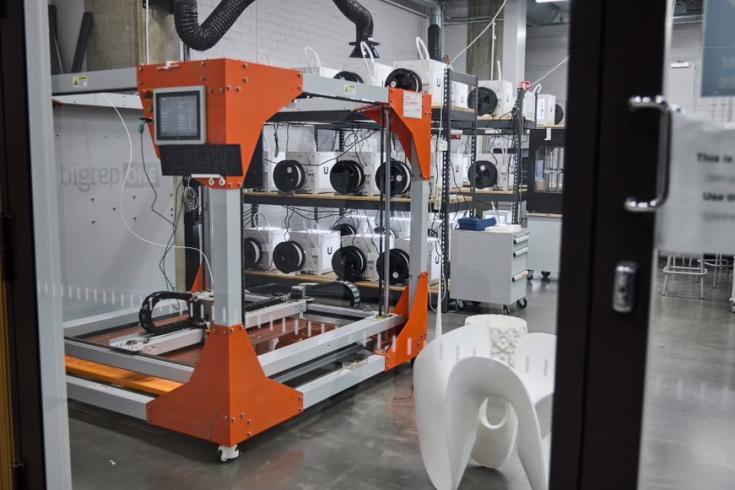Zoom-in on Fab Labs

On 1 June 2023, the Policy Learning Platform held a Zoom-in session on the operational aspects of running effective makerspaces and Fab Labs.
The discussion was structured around challenges that new spaces face and how to overcome them. Peers from Malta, Portugal (Lisbon, Tagus Valley region, Fundão) and the UK exchanged their experiences.
You can discover the key learnings below.
In regions and locations where there is lack of prior experience with makerspaces and Fab Labs extra effort needs to be made to encourage collaboration. Hackathons and makertons are a good event types to encourage collaboration among various community members and businesses.
The mixed teams set up during such events will break down some social barriers for further collaboration. Operationally, it is useful to have moments where the entire space and equipment is open for use to all and moments when individuals and SMEs can book timeslots to work in the space. For example, three days of the week could be open for public use and two days could be for private bookings.
A challenge for new spaces can be the recruitment of technical people to supervise the use of equipment. One of the best ways to up-skill existing staff is to join the global network and have so-called “fab-masters” trained by the intensive fab lab academy certification programme.
Involving skilled people on a voluntary basis is a solution that many spaces have used. Identifying local IT or engineering professionals who would like to come and tinker on their projects during their free time can be a great way for finding mentors and supervisors for other community members.
Residence programmes that bring in foreigners for 3- or 6-month periods to the makerspace can also help alleviate the lack of local technical skills.
Collaboration with universities and degree students can also be an interesting avenue to explore if the students can gain credit points for assisting in the makerspace.
For any new initiative there is an initial challenge of attracting interest and acceptance of the local community. A makerspace can meet social goals and help solve challenges in the local community.
For example, in some locations they host “repair café” style events to encourage a re-use mindset and a greener way of living. In other locations, so-called “men-sheds” have been used to create a safe space for men to open up and talk about their issues and therefore improve mental health.
Simplifying the communication message is also important. The terms “Fab Lab” and “makerspace” are likely unknown to many. Instead, the messaging should emphasise that there are skills and equipment open to the community and companies.
Collaborating with schools and/or influencers, e.g. with a famous fashion designer, have also proven successful means to raise awareness of Fab Labs.
A new space might wonder what type of equipment it should provide. However, the main lesson learned by many spaces is that the equipment should be purchased based on the community’s needs and feedback.
One should not buy very expensive equipment based on top-down decisions. The costs related to equipment use should also be considered as some can be too expensive to maintain in the long run (especially if purchased with project funding).